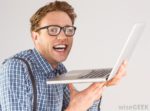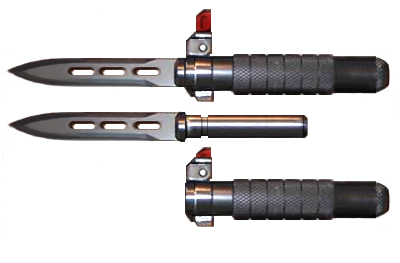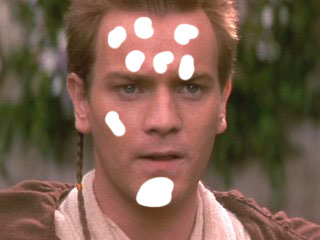Developer/Publisher: Exordium Games || Overall: 6.5/10
Last Encounter is a bit of a puzzling game for me. The gameplay itself is fine, but the game is a chore. You’ve got a space-themed twin-stick shootery game wrapped in a roguelite progression system, but the progression is so metered, it’s as if there isn’t any at all. What it comes down to, is that being stingy in a roguelite just does not work. Upgrades are few and far between, health drops are practically non-existent, and never mind the amount of enemies that want to blow your face off.
For a roguelite, there’s hardly any progression to be had and one of the major road blocks is that you research weapons you find by using Credits. Credits are found only by killing stuff, and you lose half of it every time you die. You can only research when you are back at the base, but you are unable to return to base until you die; this makes it hard to research or buy any weapons at the home base for a better run. Credits can also be used to purchase weapons in a level where there’s a shop, so there’s probably going to be even less of it by the time you’re back at the base — if you even get the opportunity to spend it.
The one very positive and unique feature this game has is the weapon system. You have three weapon slots, one being the base weapon, and the other two being modifiers. The modifiers can change the way your base weapon behaves, either increasing its strength, changing its firing pattern, or making it fire faster. The different weapon changes are actually pretty fun, but unfortunately there isn’t enough of these drops occurring to keep the cadence of the game itself fun; they are also finite as you’ll use up an energy allotment unless they are a yellow-colored upgrade. There is also a lack of information regarding if you’ll replace a slot already occupied by another weapon, so you may downgrade or get something you don’t particularly want because you haven’t exhausted your previous upgrade. There are additional kinds of upgrades laying around the levels that will provide a small boost to your ship’s stats, but these stats are only permanent for the run, and will disappear once you die. The boosts are practically inconsequential and don’t appear very often, so it feels like they should have just been permanent forever.
If you are somehow able to get through a set of levels, called a galaxy, you enter a new galaxy where the theme changes and enemies become different and more difficult. The themes are actually quite nice and unique from each other, and since the challenge increases significantly from one galaxy to the next, you won’t have much time to enjoy any of it before you’re dead again. The graphics and art are a real selling point here since it’s easy to say it all looks pretty high quality and not-so-generic for enemy designs. The level layout and enemy count is all procedural, so you’ll never see the same level again per se. Using a controller is unfortunately a pain, though. I opted for keyboard/mouse and it was a much more pleasurable experience.
The story is sort of interesting, but there’s hardly any focus on it, and it gets cheapened by a wise-cracking scientist. Earth is under attack by aliens and they’ve lost the war. So it’s up to you to go through the portal as a last ditch effort to close it and go back in time or something — I don’t really remember since there’s hardly much story flying around. While in-game, you try to find out what happened to the previous excursion of battleships into the portal only to find they’ve all been destroyed, and you try to track down any survivors. So, it’s up to you and your dinky ship to destroy all of the alien ships that are doing nothing but waiting for you to come and blow them up. Rinse and repeat until you’ve lost interest, and you’ve got Last Encounter.
While the game can be fun at times, overall it is pretty dull. It seems like the game is pretty short insofar as how many levels there are to go through, so maybe that’s why the progression is so significantly metered and doesn’t really exist as part of the gameplay loop. If there were more themes, and possibly even having randomized themes, it might be a bit more thrilling to restart the game over and over. Local co-op might be a pretty fun excursion if you’re looking for something, but the visual clutter is already an issue as it is.






















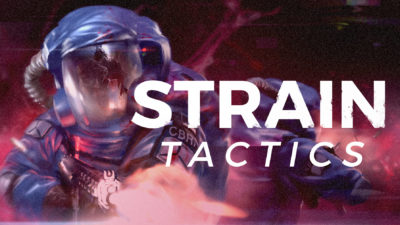
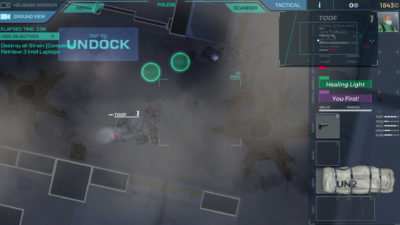 Alright, grab an XCOM. Any one of them will do, we’re just going for basic themes here. Dump that in. Now, scoop up some Alien Swarm (it’s free) and plop that in there, too. Now, and this is important, add a dab of tower defense. Just a bit. Trust me: it’ll make some sense. Hit “blend” and watch those mix up. Take the pitcher of your rather interesting mix of genres and pour that shit into a phone and you’ve got Strain Tactics from Touch Dimensions Interactive.
Alright, grab an XCOM. Any one of them will do, we’re just going for basic themes here. Dump that in. Now, scoop up some Alien Swarm (it’s free) and plop that in there, too. Now, and this is important, add a dab of tower defense. Just a bit. Trust me: it’ll make some sense. Hit “blend” and watch those mix up. Take the pitcher of your rather interesting mix of genres and pour that shit into a phone and you’ve got Strain Tactics from Touch Dimensions Interactive.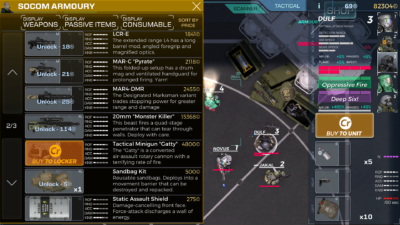 Despite most of the game revolving around directly positioning your squad members and marking targets to shoot (though they engage automatically if enemies are in range), the squad’s helicopter is fully controllable at all points of gameplay. The helicopter acts as a storage locker for gear, a transport for players and NPCs, and fire support against visible targets on the ground, which gives the player immense amounts of control about how they deploy, what their troops are armed with and what their exit point will be. Your team begins each mission aboard the heli, and they don’t disembark until you’ve decided to. It’s a refreshing amount of choice in a genre that routinely grants you limited power despite your role as a “commander” or whatever. When was the last time you had the option of landing your squad near your target in XCOM rather than running a fucking marathon from your drop zone? Oh, never? What about using your dropship to blast the shit out of dangerous enemy units before they become a threat to your squad’s objectives? What?! Never?! What a shame! It’s okay, though: Strain Tactics lets you do that. Using a minigun, a small cannon, or even some big ass firebombs, the helicopter can lay waste to outside targets. While it’s not always a viable option, what with interior locations and the occasional heavy foliage area, it’s a rather interactive way to support your squad in a way that makes a ton of sense. Why this hasn’t been done before in mainstream titles is baffling to me, but Strain Tactics delivers this sort of engaging gameplay dynamic in a tight little package. I’d dare to say that it’s something you could make a franchise off of.
Despite most of the game revolving around directly positioning your squad members and marking targets to shoot (though they engage automatically if enemies are in range), the squad’s helicopter is fully controllable at all points of gameplay. The helicopter acts as a storage locker for gear, a transport for players and NPCs, and fire support against visible targets on the ground, which gives the player immense amounts of control about how they deploy, what their troops are armed with and what their exit point will be. Your team begins each mission aboard the heli, and they don’t disembark until you’ve decided to. It’s a refreshing amount of choice in a genre that routinely grants you limited power despite your role as a “commander” or whatever. When was the last time you had the option of landing your squad near your target in XCOM rather than running a fucking marathon from your drop zone? Oh, never? What about using your dropship to blast the shit out of dangerous enemy units before they become a threat to your squad’s objectives? What?! Never?! What a shame! It’s okay, though: Strain Tactics lets you do that. Using a minigun, a small cannon, or even some big ass firebombs, the helicopter can lay waste to outside targets. While it’s not always a viable option, what with interior locations and the occasional heavy foliage area, it’s a rather interactive way to support your squad in a way that makes a ton of sense. Why this hasn’t been done before in mainstream titles is baffling to me, but Strain Tactics delivers this sort of engaging gameplay dynamic in a tight little package. I’d dare to say that it’s something you could make a franchise off of.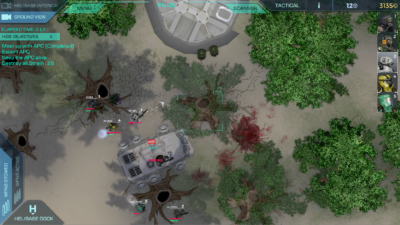 However, the honeymoon isn’t long. The game has problems, one so heinously rooted that I’m not entirely sure it can be easily fixed with patches: it’s a phone game.
However, the honeymoon isn’t long. The game has problems, one so heinously rooted that I’m not entirely sure it can be easily fixed with patches: it’s a phone game.





























































